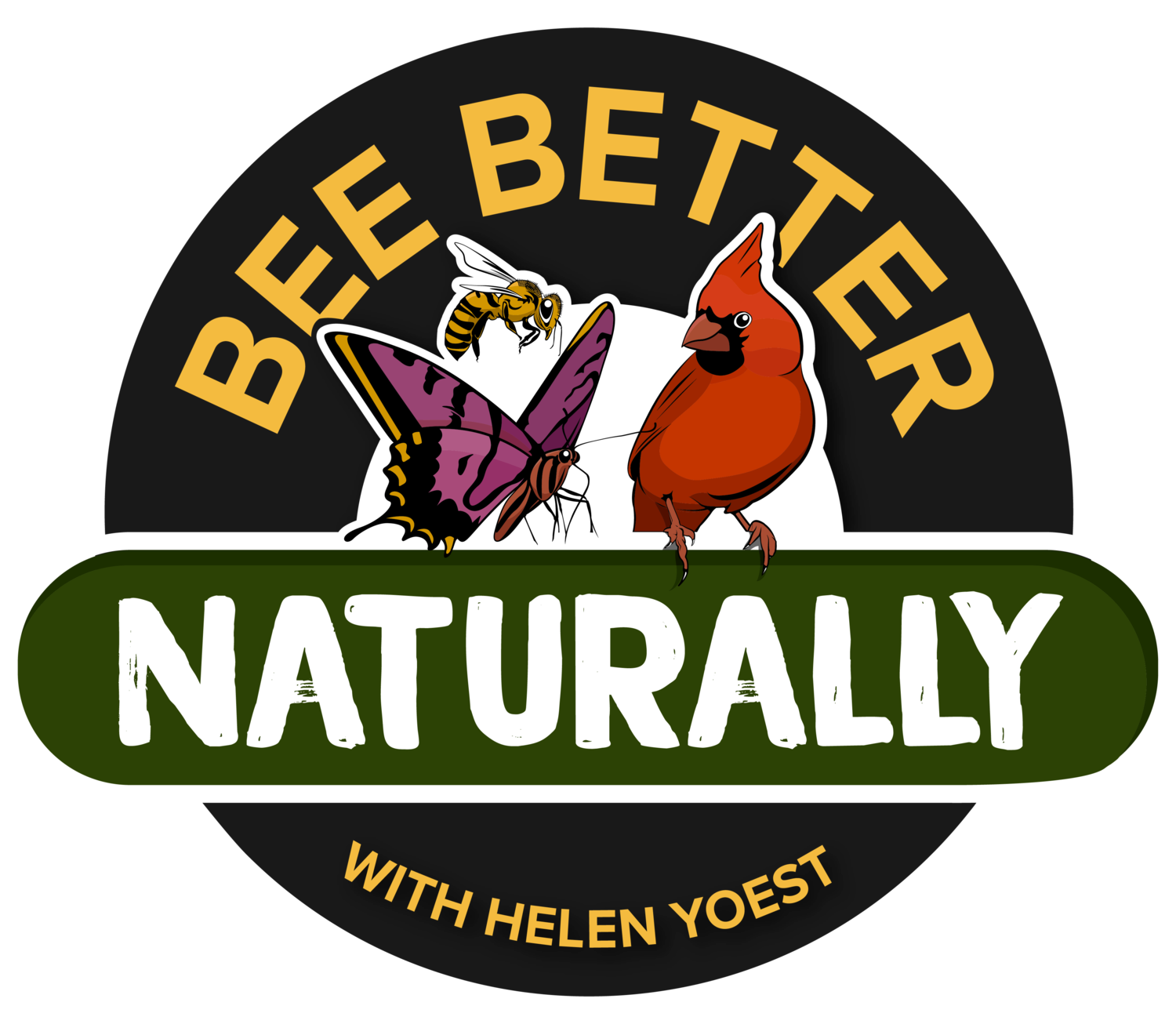How would you like to have this view every morning while you sip your morning coffee? I know I enjoy it each and every time. The Kirsches do so every day, even in the rain!
“I love color”, Mike Kirsch tells me, again and again. I know; we’ve been friends since 1974. A couple of years back, I did a post on his affection for color. Not much has changed, except there are more colorful plants. Mike said, “If you write about my garden, make sure it’s about color.” Well, here you go, Mike, but you have to go with my take on the importance of color.
Trailing ice plant, Lampranthus spectacles
I get it. I love, love, love color, too!. I love it on me (I’m wearing bright yellow now), on my bright red and lime-green beach cottage, my red car, and purple guest cottage. Colors rock!
There is more to color than meets the eye. When you walk the Kirsch garden, it’s like a wonderland of birds, bees, and butterflies. Did you know, each of these critters has a preference for specific colors, with many overlapping?
Two female hummingbirds staking their territory
For the birds, red and pink are favored by hummingbirds. Orioles and hummingbirds prefer orange. As I said, there is overlap. Goldfinches, warblers, and hummingbirds favor yellow. Bluebirds and jays are attracted to blue.
Goldfinch
What about the bee—both the European honey bee and any of our hundreds of native bees? Flowers lure pollinators in several ways, with color as their main attractant. Bees are drawn to yellow, blue, and white and cannot see red. When you spot a bee burrowing deeply into a red or pink flower, the center of the flower is most likely yellow.
These pollinators are being reduced in alarming rates of habitat loss through urbanization and the overuse of pesticides.
Honey bees are losing ground to the parasitic mite, among other threats. More than 90 percent of all plants need a pollinator to distribute pollen to set fruit and seeds.
For butterflies, plant type and color are essential. Adult butterflies are attracted to red, yellow, orange, pink, and purple blossoms that are flat-topped or clustered and have short flower tubes. Your key butterfly nectar source plants should receive full sun from mid-morning to mid-afternoon.
While bees buzz their way from flower to flower, butterflies glide and flit back and forth as if they know they are putting on a show.
Feeding time in the pond.
I found this dragonfly near the pond.
Here’s my old friend, watering is containers. 90% of all is plantings are in pots, so he has more control over they when looking good or now.
Woodland Sunflowers, Helianthus divaricatus. This one was new to me, so I took a cutting. Seems to be rooting well.
The bottom line is whether you like color and filled your garden with a diverse palette or explicitly planted for wildlife as I do. The results are the same. You will be welcoming a diverse range of birds, bees, and butterflies for all to enjoy.








